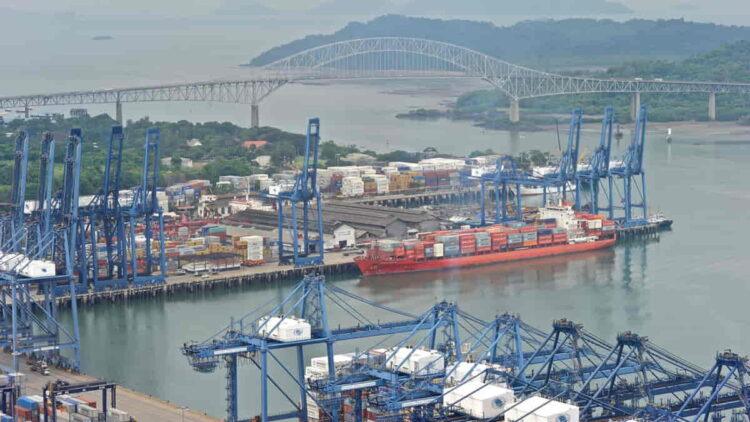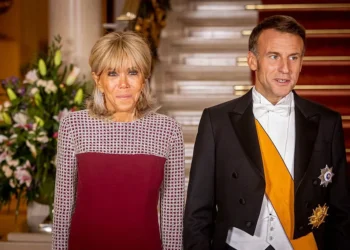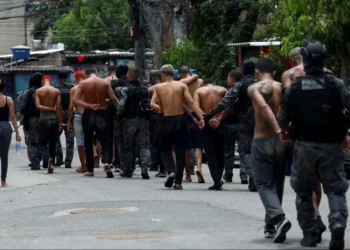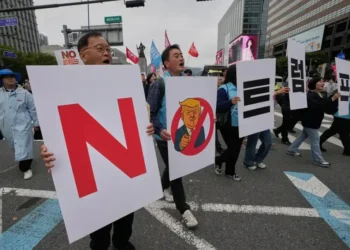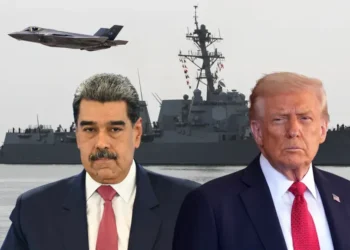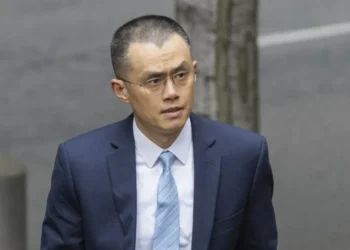Trump Claims China ‘Operates’ the Panama Canal – How Deep Are Beijing’s Ties?
U.S. President Donald Trump has reignited concerns over China’s presence in Panama, claiming that Beijing controls the vital Panama Canal. His statement, made during his inaugural address last month, has sparked debates over China’s growing influence in Latin America and the U.S.’s strategic response.
But does China truly operate the Panama Canal? Let’s break it down.
Trump’s Claims and U.S. Concerns
During his speech, Trump asserted:
“Above all, China is operating the Panama Canal. And we didn’t give it to China. We gave it to Panama, and we’re taking it back.”
Despite these strong words, there is no evidence that China controls the canal. The Panama Canal is run by the Panama Canal Authority (ACP), an independent body appointed by Panama’s government. China has repeatedly denied any involvement in its operations.
However, Trump’s remarks reflect a broader concern in Washington: China’s expanding economic and geopolitical influence in Latin America. The U.S. is wary of Beijing’s growing investments in infrastructure, ports, and trade routes—particularly in regions traditionally dominated by American influence.
China’s Presence in the Panama Canal
While China does not control the canal itself, it does have economic interests in its surrounding infrastructure. The primary concern? Two major ports at either end of the canal—Balboa and Cristóbal—are operated by Panama Ports Company (PPC), a subsidiary of Hong Kong-based CK Hutchison Holdings.
Who is CK Hutchison Holdings?
- One of the world’s largest port operators, overseeing 53 ports in 24 countries.
- First granted its Panama Canal port concession in 1997, while the U.S. still controlled the canal.
- Concession renewed in 2021 for another 25 years.
Critics, including U.S. Senator Marco Rubio, argue that allowing a Hong Kong-based firm to operate key Panama Canal ports is a security risk, given Beijing’s increasing control over Hong Kong.
“If there’s a conflict and China tells them to obstruct the canal… they would have to do it,” Rubio warned.
However, PPC does not control access to the canal. Its role is limited to loading, unloading, and refueling ships, while the actual operation of the canal is handled by the Panama Canal Authority (ACP).
Other Chinese Involvement in Panama
China’s economic presence in Panama extends beyond ports:
- Infrastructure Projects: A Chinese consortium built a $1.4 billion bridge over the canal.
- Shipping Influence: State-owned COSCO Shipping is one of the canal’s largest users, with nearly 300 vessels transiting each year.
- Special Economic Zones: Chinese firms operate within Panama’s free trade zones, including Huawei’s regional distribution hub.
Does China ‘Control’ the Canal?
There is no direct evidence that China controls the Panama Canal or that it has a military presence there. However, U.S. officials worry that China’s increasing foothold in canal-related infrastructure could give it strategic leverage.
Potential Risks & U.S. Concerns
- Strategic Choke Point: In a future U.S.-China conflict, Beijing could disrupt the canal by leveraging its influence over local infrastructure.
- Security Threats: Increased Chinese investments in ports and trade zones could provide intelligence advantages.
- Economic Leverage: The more China invests in Panama’s economy, the harder it becomes for the U.S. to counter its influence.
“All these operations multiply the possibilities that China could shut down the canal if they wanted to,” said R. Evan Ellis of the U.S. Army War College.
Despite these fears, many experts believe China’s leverage is limited due to the U.S.’s dominant trade relationship with Panama.
“The U.S. remains Panama’s pre-eminent partner,” says Brian Wong, a researcher at the University of Hong Kong.
Panama’s Response: Pushing Back on China?
Amid growing U.S. pressure, Panama is reassessing its ties with China:
✔ Panama announced it will exit China’s Belt and Road Initiative – a major loss for Beijing.
✔ Panama launched an audit of the Hong Kong-based PPC port operator.
Panama’s President José Raúl Mulino has reaffirmed that the country’s sovereignty over the canal is not negotiable, signaling a shift toward the U.S.
China’s Broader Strategy in Latin America
Beyond Panama, China is expanding its presence across Latin America:
- Mega-ports like Chancay in Peru are being developed to boost China-South America trade.
- Belt and Road investments have funded highways, railways, and energy projects across the region.
- China is Latin America’s second-largest trading partner, after the U.S.
While Beijing remains interested in the Panama Canal, some experts argue that China has bigger priorities, like securing South America’s vast resources.
“Control of the Panama Canal is a goal for China, but it’s dwarfed in importance by projects like Chancay,” says Will Freeman of the Council on Foreign Relations.
Conclusion: What’s Next?
While Trump’s claim that China “operates” the Panama Canal is inaccurate, Beijing’s economic presence in Panama raises legitimate security concerns for the U.S.
With Panama pulling back from China’s Belt and Road Initiative and auditing Chinese firms, Washington may have succeeded in pressuring Panama to limit Beijing’s influence.
However, China is unlikely to retreat completely. As its global trade ambitions expand, its presence in Latin America—including Panama—will remain a key area of competition with the U.S.
The battle for influence in the Western Hemisphere is far from over.
Source
This article was rewritten by JournosNews.com based on verified reporting from trusted sources. The content has been independently reviewed, fact-checked, and edited for accuracy, tone, and global readability in accordance with Google News standards.
Stay informed with JournosNews.com — your trusted source for verified global reporting and in-depth analysis. Follow us on Google News and BlueSky for real-time updates.
JournosNews.com follows Google News content standards with original reporting, verified sources, and global accessibility. Articles are fact-checked and edited for accuracy and neutrality.
